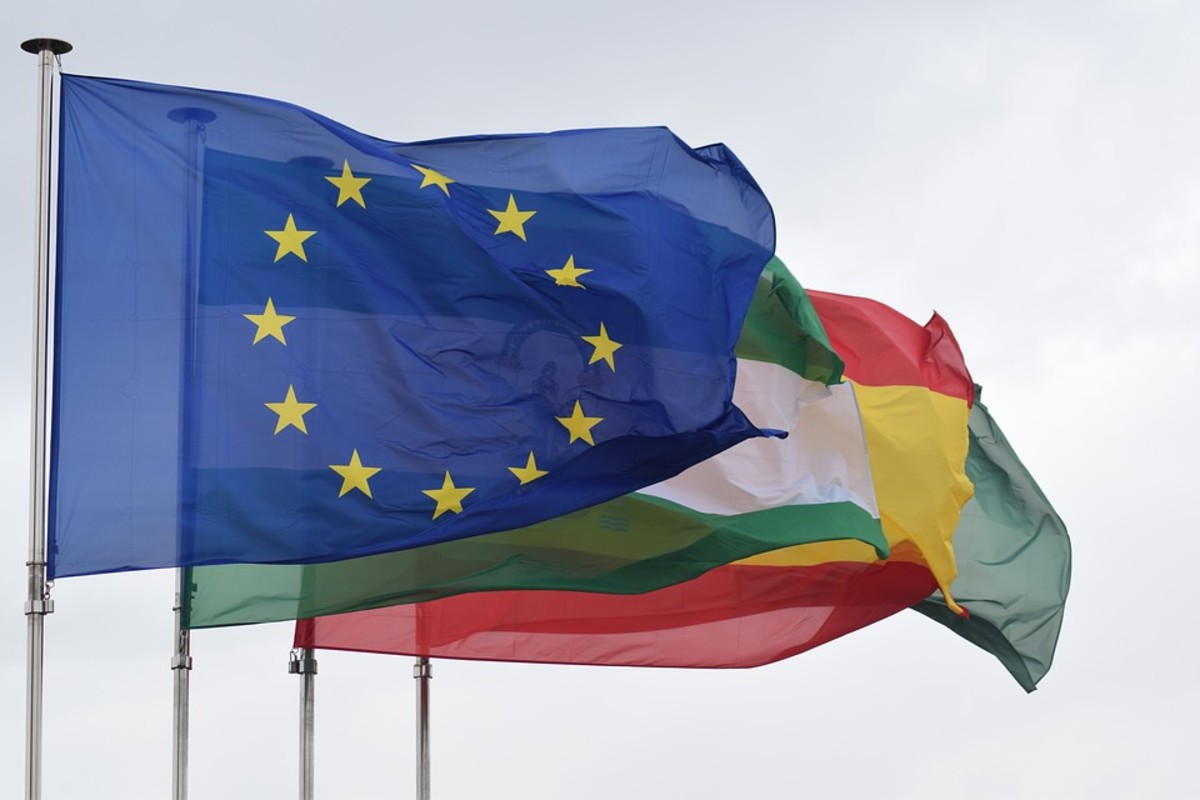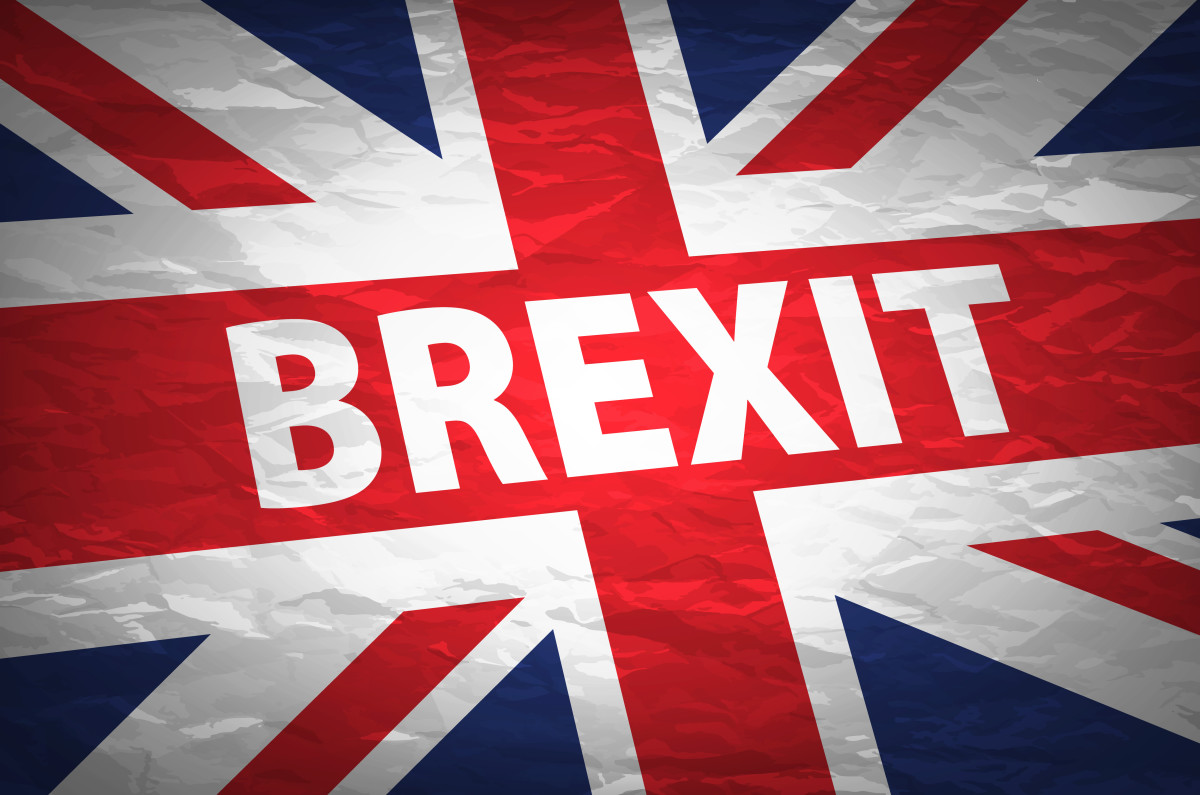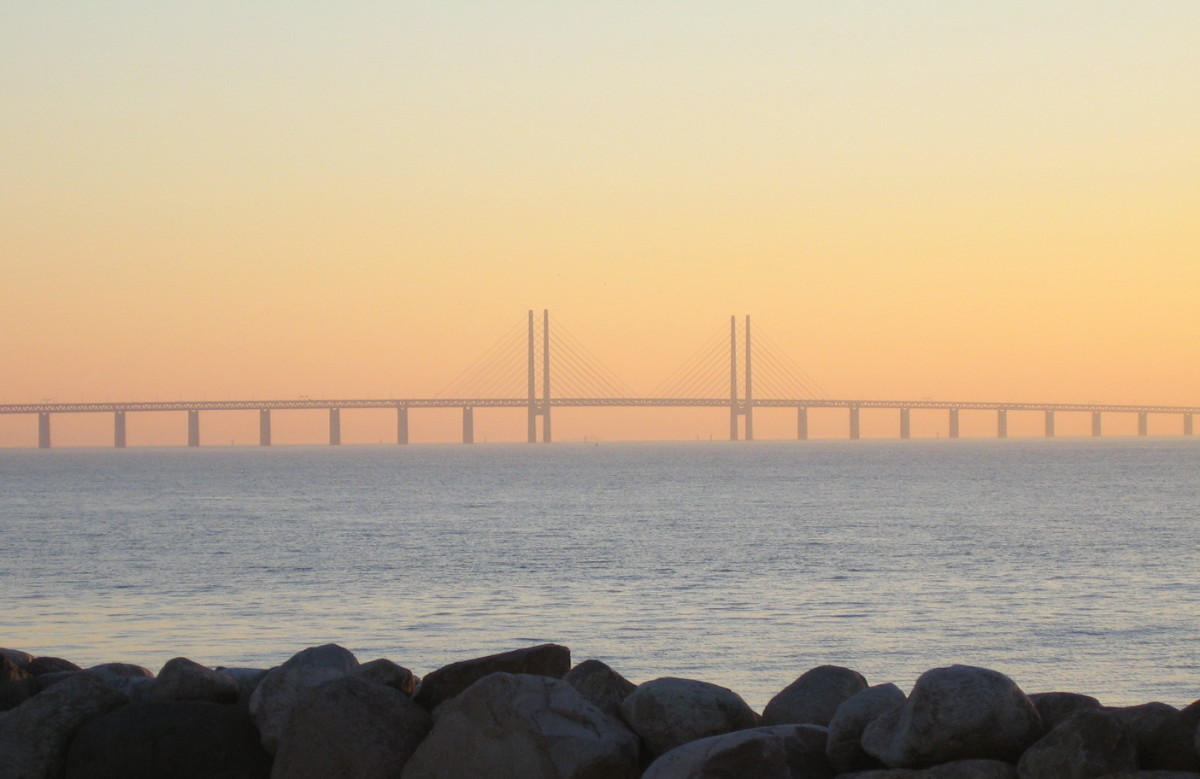Workers to the Right - What "Went Wrong" With European Left?
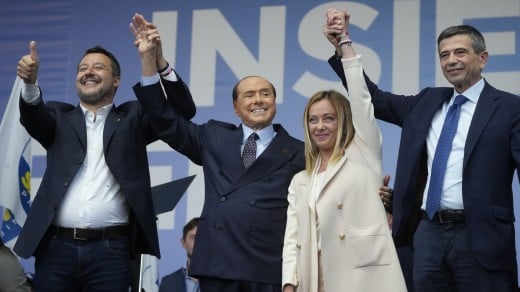
What happened?
Workers' parties, labour, communism, socialism.
Workers throughout history used to vote left.
Now, in the new century, it seems that right-wing, populist parties took over the working class.
What "went wrong" in the European left, and what did instead "go right" for the right?
A far-right insurgence
In the last decade, Europe has experienced an astounding growth of far-right and right populist movements: some of them directly tied to neo-fascism, some of them more closely related to conservative liberalism, but all of them characterized by a strong aversion to immigration, Islam and the EU; between the growing mass of people worried about the arrival of foreigners and the growing dissatisfaction with traditional parties, the gained momentum of these movements brought more and more of them to the government.
As said, these parties are mostly economically liberal and generous towards big corporations and industries, but if we analyze the voters of said movements, we soon find out that most of them come from the lower classes, groups which traditionally voted as left as possible.
Needless to say, this can't be all thanks to the incredible communicative skills of these parties; something in the left must have broken for these movements to gain so much momentum.
But what did the left do wrong?
The self-destruction of left-wing parties
After the fall of the USSR, left-wing parties went, reasonably, into total chaos.
Some, like the Italian Communist Party, split up and "moderated" towards social-democratic views. Others, while resisting, like most of European Communist Parties, suffered heavy election losses.
Then, suddendly, in the 2010s they seemed to gain momentum, as a response to the 2008 crisis, and it looked like soon or later some big EU country would be governed by a left-wing party.
But unfortunately for them, new political problems arose: immigration and civil rights.
The left took a strong stance, surely, but not decisively enough to convince its voters: in the eyes of the working people, the support of immigrants and other minorities like queer people seemed like a direct threat to their possibility of representation; a clearly wrong view, as many countries managed to protect most of these istances effectively, but that wasn't politically disproven effectively by the parties.
No one explained to their electorate the necessity to unite those in need, be it workers or minorities; they opted for the bare minimum of just supporting them.
This led, inevitably, to a perceived lack of security and protection from the parties that always rallied for the workers' rights, and in the same time, the already conservative-leaning ones saw the opportunity to shift to the right, as the hard left approached more progressive views.
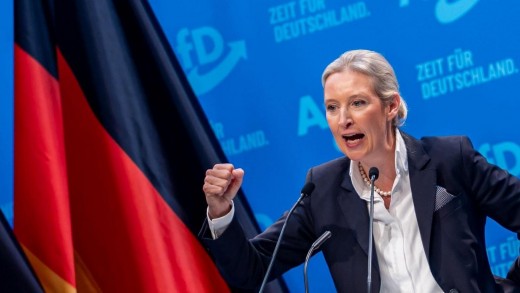
The parties involved
In this terrible scenario for the left, with perfect timing came the newly founded right-wing populist parties: movements focused on identity politics, anti-immigration, hard conservatism and a narrative extremely focused on the growing discontent with traditional parties, both from the left and the right.
With these premises, though as said right-wing parties are mostly business oriented rather than workers-oriented, they attracted more and more workers to vote for them, with the alluring promises of social security, stronger border control and conservative stances on social issues.
The names, the campaigns
But which parties fit in these descriptors?
There are many, nearly uncountable, but the main ones in the EU are:
Lega per Salvini Premier (League for Salvini PM): a right-wing populist party, originally a northern Italy separatist party, evolved to embrace all of the country, while building new "enemies" in the african immigrants.
Alternative für Deutschland (Alternative for Germany) : a far-right german party, initially founded by some eurosceptic economists, it quickly embraced far-right and sometimes neo-fascist stances and individuals. It is more focused than other parties in this list towards ethnonationalism and anti-immigration, while being softer on social issues like queer rights.
Rassemblement National (National Rally) : a far-right populist party from France. The direct heir to the neo-fascist party Front National, it turned to more economically liberal views, while maintaining its strong conservative values and strong immigration stances.
Fratelli d'Italia (Brothers of Italy): a right-wing national conservative party, surely the most singular party in this list. While it can't be denied its presence in the populist, right-wing parties, it has some particularities: in foreign politics, for example, it alligns with more moderate parties, and it does this as well in communications, for the most part. In any case, it directly comes from the Italian Social Movement, the direct heir to Mussolini's Italian Fascist Party, and maintains its core conservative, populist, nationalist stances.

A new left?
Despite this incredible surge of right-wing parties, the Eu isn't devoid of exceptions: some populist parties, instead of leaning right, they lean left.
Some examples are Italy's "Five Star Movement", initially a more big tent, right-leaning populist party, that in the years shifted its focus entirely on the left side of the political spectrum, going as far as joining the European Left parliamentary group, and France's "France Unbowed", a left-populist party that challenged and nearly beat the bipartitism between Macron's party and the National Rally.
Could this parties be the foundation to a new, populist, European Left that could challenge at par with right-populist parties throughout Europe? Or will they be just a brief flash in the pan?
Only time will tell, but the Five Star Movement is already ten years old and, even if it's not living its best days, it's still the country's third party, while France Unbowed, though its struggles to form a stable left-wing alliance, remains an ominous force in the French political spectrum.
Things seem to be rather promising, but will they be able to handle the pressure? Or will they fold like the parties in the early 2010s?
Will the left-populist parties surge to prominence against right-wing ones?
© 2025 Francesco Grosso


